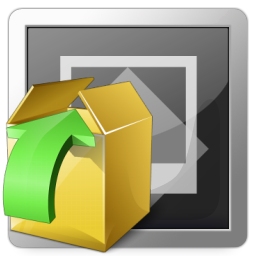IMatch and Cloud Storage
Services like Dropbox, Microsoft OneDrive, Google Drive and others make it very easy to backup files into the cloud. This is often used as a second or third tier backup strategy. In addition to local backups of all your important files for easy and quick recovery. This know-how article explains how your can integrate cloud […]
IMatch and Cloud Storage Read More »



